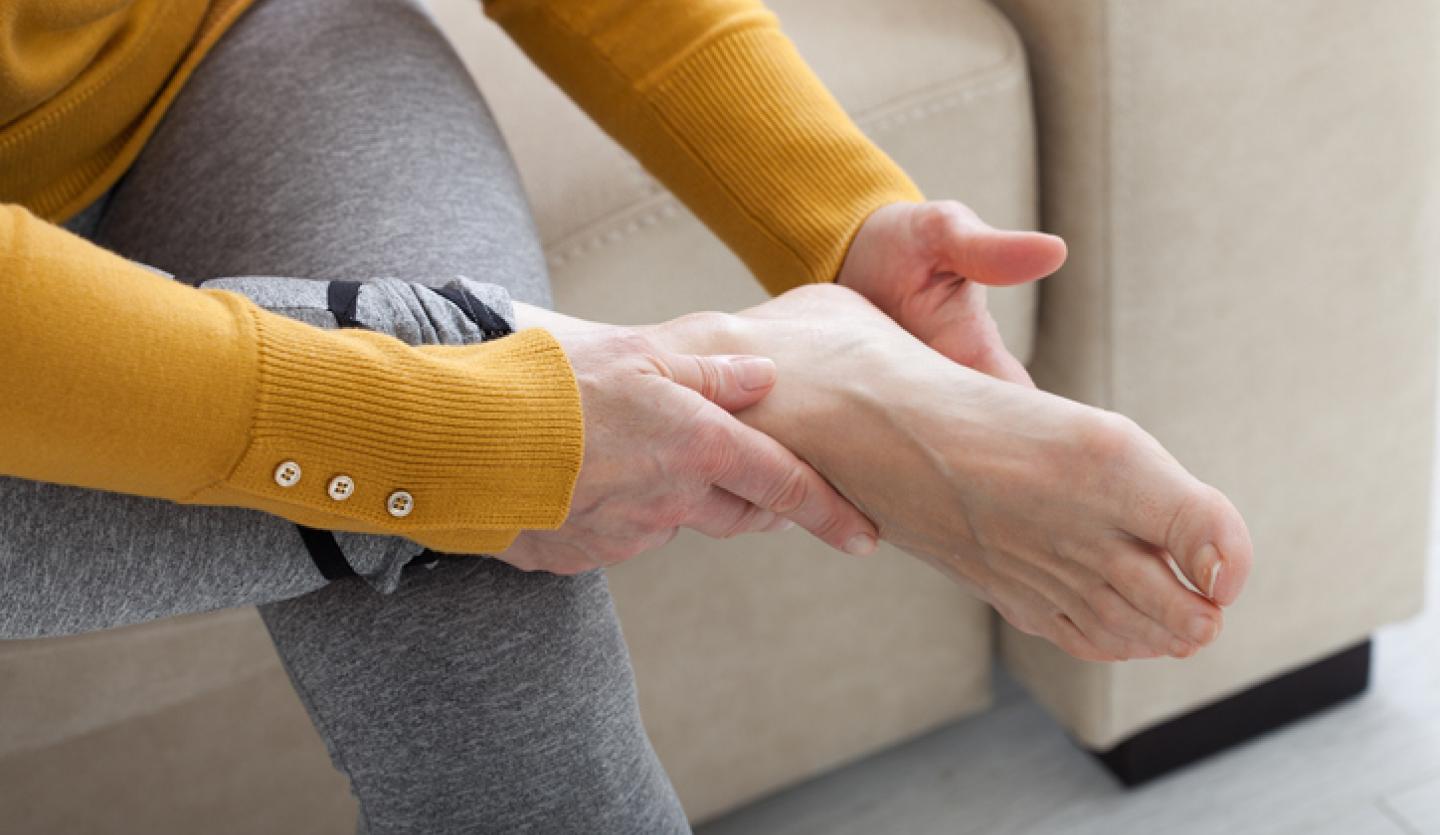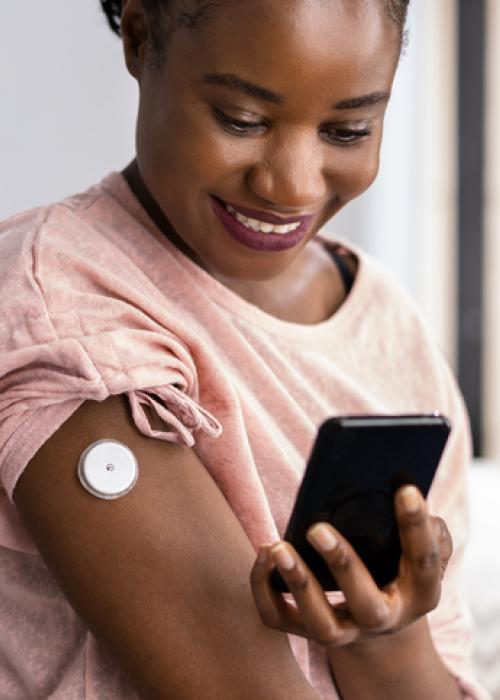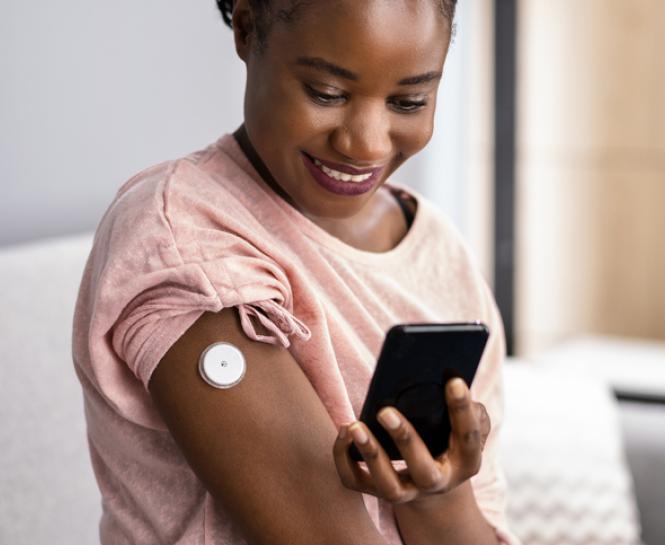How does diabetes cause foot wounds?
Patients with diabetes often have health issues that can cause complications when they get a cut or scratch on their foot, resulting in wounds that take longer to heal.
- Nerve damage in the lower extremities, including legs and feet, can cause numbness that prevents feeling pain.
- A weakened immune system makes it harder for the body to fight off bacteria and germs and can lead to an infection.
- Slower blood circulation. White blood cells that promote healing take longer to reach the extremities. Poor circulation of oxygen-rich red blood cells can harm the tissue in the extremities.
What causes foot wounds?
A diabetic foot ulcer or open wound can be caused by:
- Dry skin that cracks
- Excess body weight
- Putting extra pressure on the feet
- Shoes that do not fit well
A diabetic foot ulcer can start small and quickly progress. So, it is important to regularly look for cuts and scrapes on your feet, especially if you experience numbness in your extremities that prevents you from feeling pain.
How do I care for foot wounds?
Take these steps to care for your foot wound:
- Wash your hands before you begin treatment.
- Clean the wound with warm water.
- Use antibiotic cream and cover the cut with a bandage.
- Keep pressure off the area.
- Change bandages frequently and keep the wound clean.
When should I see my doctor about my foot wound?
Despite your best efforts, sometimes a wound does not heal. Untreated wounds can turn into a serious situation. Tissue damage or an open, circular lesion can indicate an infection, which requires immediate medical treatment.
Other complications from untreated wounds include gangrene (tissue begins to turn black and die) or sepsis (uncontrolled infection spreading throughout the body). Either of these complications can become life-threatening.
Call your doctor about a cut or scratch if you notice slow healing or any of the following:
- Bad smell coming from the cut
- Cuts that do not heal in a week
- Discolored skin around the cut, possibly green or black
- Ongoing pain
- Oozing liquid coming from the cut
- Swelling or redness around a cut or scratch
How can I prevent wounds from happening?
Take these steps to help reduce the chance that a cut or scratch becomes an infected wound.
- Wear shoes that fit well.
- Wear breathable socks.
- Avoid walking barefoot.
- Keep your toenails trimmed and smooth to prevent sharp edges.
- Make an appointment with a podiatrist if you have growths or blisters.
- Meet with a diabetes care and education specialist to manage and reduce complications from diabetes with diet, medication and regular exercise.
- Maintain regular visits to your primary care physician (PCP).
Find Care at Catholic Health
Diabetes Education Centers
Diabetes Education Centers at Catholic Health hospitals and locations across Long Island offer personalized care for managing diabetes. Call 855-908-8989 to find a location near you. View our diabetes services.
Centers for Hyperbaric Medicine & Wound Healing
Catholic Health offers expert care for diabetic wounds at our Centers for Hyperbaric Medicine & Wound Healing across Long Island:
- Center for Hyperbaric Medicine & Wound Healing at Mercy Hospital, Rockville Centre
- Center for Hyperbaric Medicine & Wound Healing at St. Catherine of Siena Hospital, Smithtown
- Center for Hyperbaric Medicine & Wound Healing at St. Charles Hospital, Port Jefferson
- Center for Hyperbaric Medicine & Wound Healing at St. Joseph Hospital, Bethpage
Call 866-MY-LI-DOC (866-695-4362) to find a Catholic Health primary care physician near you.






